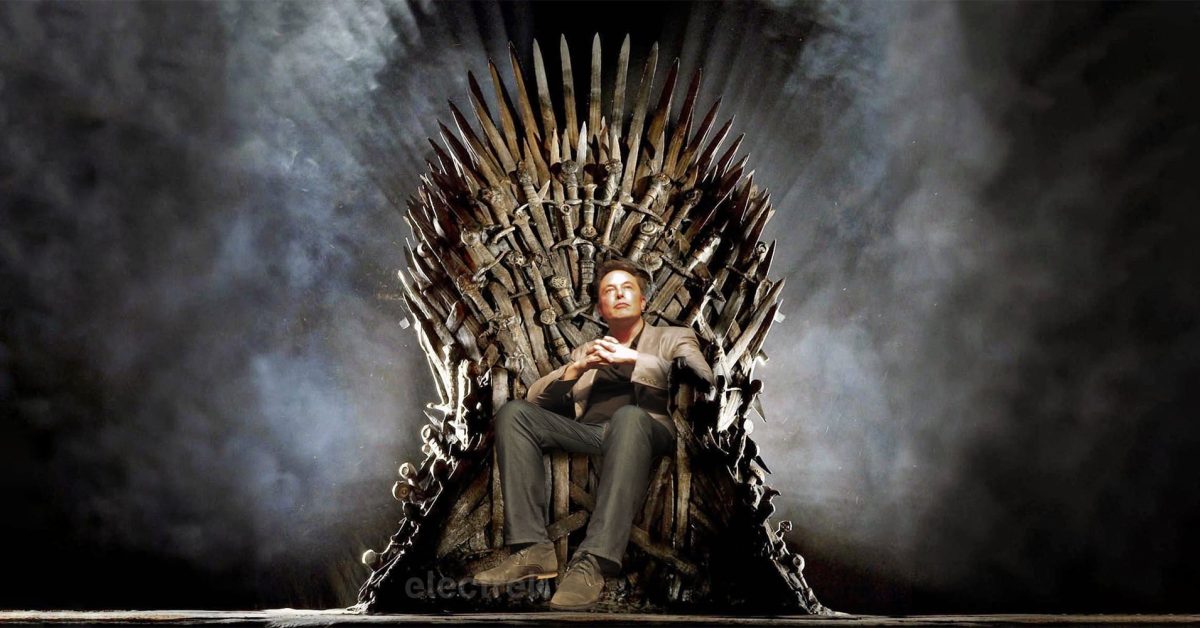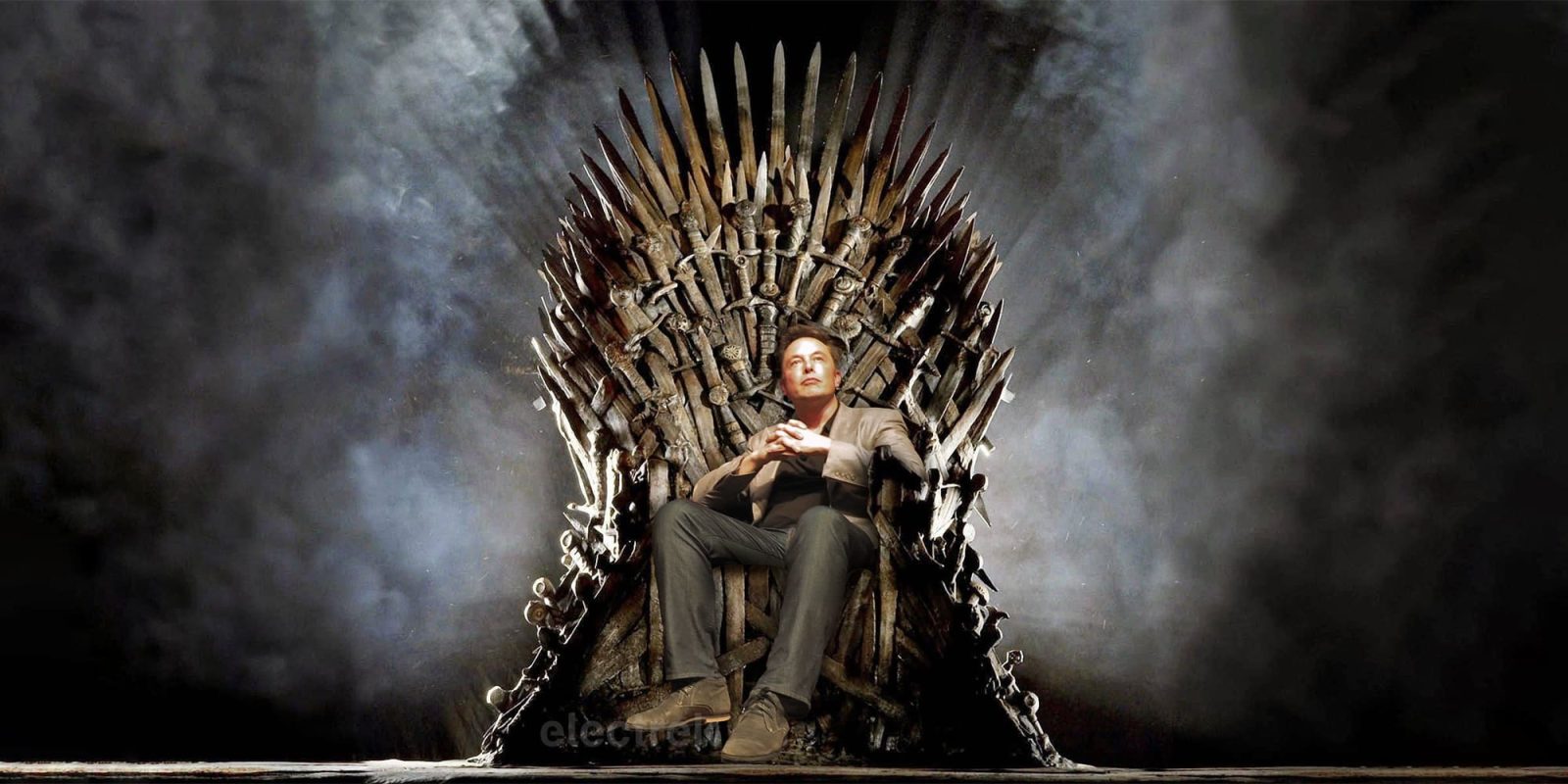

After laying off the entire Supercharger team, Tesla sent an email to suppliers that showed how chaotic the decision-making must have been prior to the layoffs.
Earlier this week, Tesla abruptly laid off the entire Supercharged team, leading to an immediate pullback in Supercharger installation plans. Now we’ve seen the email Tesla sent to suppliers, and it’s not pretty.
When the layoffs were announced Monday evening, there was little information on how they would affect Tesla’s plans.
Tesla CEO Elon Musk said Tuesday that “Tesla still plans to grow the Supercharger network, just at a slower pace for new locations and more focus on 100% uptime and expansion of existing locations.” According to Tesla’s website, Superchargers currently have an uptime of 99.95%.
But in the meantime, we’ve already heard of Supercharger projects being cancelled, including the halt in rollout across the country of Australia, including sites that were already on long-term leases and given the green light for construction to take place now. to leave.
And Tesla also sent an email to all its suppliers, which was leaked to the internet. Here it is in full, but with the contact information redacted:
To all involved:
You may be aware that there has been a recent adjustment within the Supercharger organization, which is currently undergoing a sudden and thorough restructuring. If you have already received this email, please ignore it as we are trying to get in touch with our suppliers and contractors. As part of this process, we are establishing new leadership roles, prioritizing projects and streamlining our payment procedures. Due to the transitional nature of this phase, we ask for your patience with our response time.
I understand that this period of change can be challenging and that patience is not easy when you expect to be paid. However, I want to express my sincere appreciation for your understanding and support as we navigate this transition. Wait for this moment to pioneer newly awarded construction projects and planned pre-construction walks. If you are currently working on an active Supercharger construction site, continue. Contact [email redacted] for further questions, comments and concerns. In addition, continue to work on new material orders. Contact [email redacted] for further questions, comments and concerns. If you are waiting for a delayed payment, please contact [email redacted] for a status update. Thank you for your cooperation and patience.
The email is notable for several reasons, primarily because it demonstrates a lack of structure and focus on the decision to fire the entire team.
First, Tesla states that it is “trying” to contact suppliers and may have sent multiple emails to some of them. This suggests that Tesla does not have a fixed contact method for all its suppliers. The company either doesn’t have a master contact list, or the previous method, including contact points within Tesla, isn’t useful because, well, that contact point contact would have been fired.
Secondly, it says that the ‘adaptation’ (a strange word for firing an entire department) has led to a process of establishing new leadership roles. This is typically something a company would take into account for changing leaders, and ensuring that there are current employees with experience who are willing to take on the position of a retiring leader, possibly with a period of mentorship prior to the outgoing leader’s retirement.
Even in a sudden shooting situation, it is usually reasonable to elevate a former second-in-command to fill the void. That’s why it’s useful to have a deep bench – something Tesla has touted this before.
Third, Tesla further states that these suppliers “expect to be paid,” indicating that Tesla will likely meet its payment obligations, at least in the short term. We’ve seen Musk refuse to pay bills before, so the mention of skipping payment should set off alarm bells for suppliers who have worked with Tesla in good faith.
Finally, Tesla is asking suppliers to continue construction on active projects, but not to break ground or conduct walks in preparation for the construction site. This can be considered unclear as there are many parallel steps in approving, permitting and building sites. So it is difficult to draw one clear line that is easy to communicate about which locations should continue and which should not. Presumably, site contacts within Tesla could contact individual sites and tell them whether to proceed with construction or not – if they were still working there, which apparently is not the case.
Other charging providers have responded to Tesla’s disruption of its own Supercharger plans, with at least one company, Revel, suggesting it’s ready to dive into “really good sites” that Tesla has left on the table, especially at Revel’s home in New York City. .
Electrek’s Take
It is reasonable to ask for patience when a business is hit by an unforeseen circumstance, but this is not an unforeseen circumstance; this one is entirely self-inflicted by Musk’s seemingly haphazard decision to… fire everyone.
We’ve heard from several sources who told us that the reason for these layoffs is that Rebecca Tinucci, former head of Tesla’s EV Charging division, resisted Musk’s demand to lay off large parts of her team.
While this is hearsay, it is plausible given the language in Musk’s letter announcing the layoffs — which claimed that some executives are not taking headcount cuts seriously, and he made a point of saying that executives who are hiring the wrong employees can see themselves and their entire teams making cuts. . It’s not a stretch to think that Musk included these demands as they were related to his firing of Tinucci and her team.
The Supercharger team was one of the most successful and pivotal teams within Tesla, and many observers consider the Supercharger network to be Tesla’s main “moat” that makes it better than the competition. Tinucci was also responsible for negotiating industry-wide NACS agreements, which led to a huge victory when Tesla’s plug became the de facto standard after virtually every automaker adopted it over the course of the past year.
Superchargers are also incredibly important, especially in North America. In Europe there are more successful non-Tesla charging providers, but in NA Tesla is the big dog. And if infrastructure is important, then Tesla’s withdrawal is bad, not just for Tesla, but for electric vehicles as a whole.
It seems abundantly clear that whatever explanation we accept, the firing of the Supercharger team was not well thought out (and our readers seem to agree). Even if the workforce needs to be reduced, the entire team should not be laid off. Even if it were necessary as a retaliatory measure – which wouldn’t be a good reason – it would still be wiser to keep some of it to avoid the chaos evident from the email above.
Whatever mechanism led to the dismissal, it fits a pattern of increasingly erratic behavior that Musk has been showing lately.
Many possible explanations have been put forward to explain this behavior, and most of them do not increase my personal confidence that Musk will make the right decisions with Tesla.
As I said in our original post about Tesla’s first round of layoffs, we need Tesla to continue moving the industry forward. While Pandora’s box is open and electric cars are here to stay regardless of Tesla’s ups and downs, the rest of the industry is still doing its best to slow the transition, even if it means making America less competitive will be if those companies get their way.
Tesla is one of the few entities big enough and committed enough to push those timelines forward, whether the rest of the industry likes it or not. We need a healthy Tesla, and for that we need more stable management. This dismissal decision and subsequent email are not an example of that – and neither are Musk’s most recent management actions.
FTC: We use monetized auto-affiliate links. More.

Leave a Reply